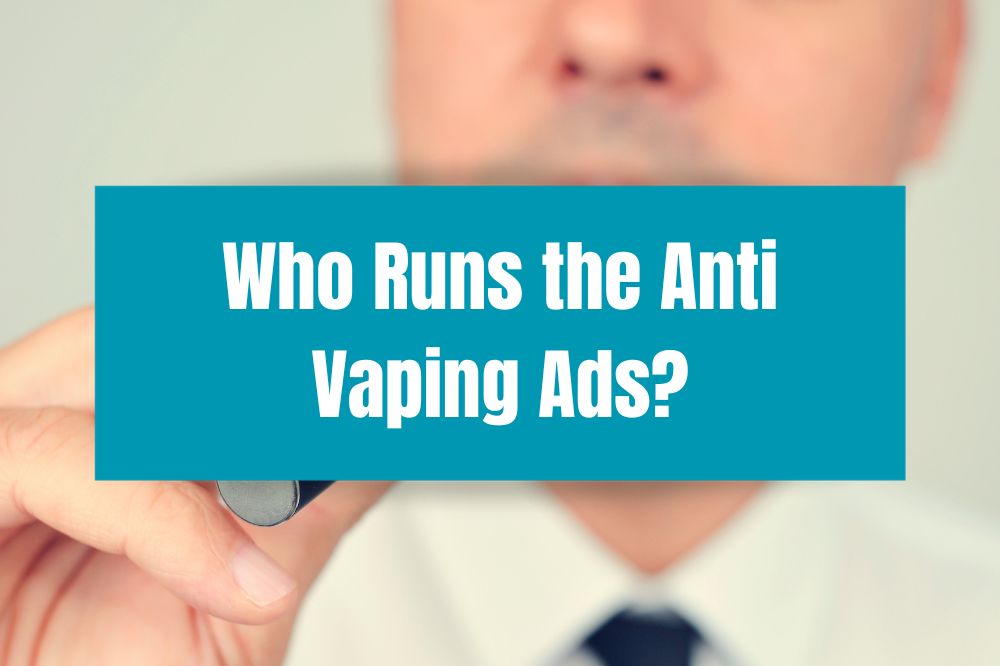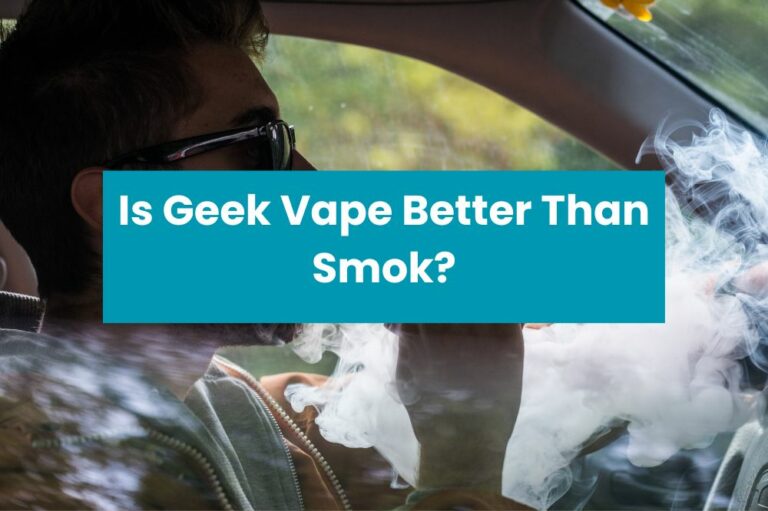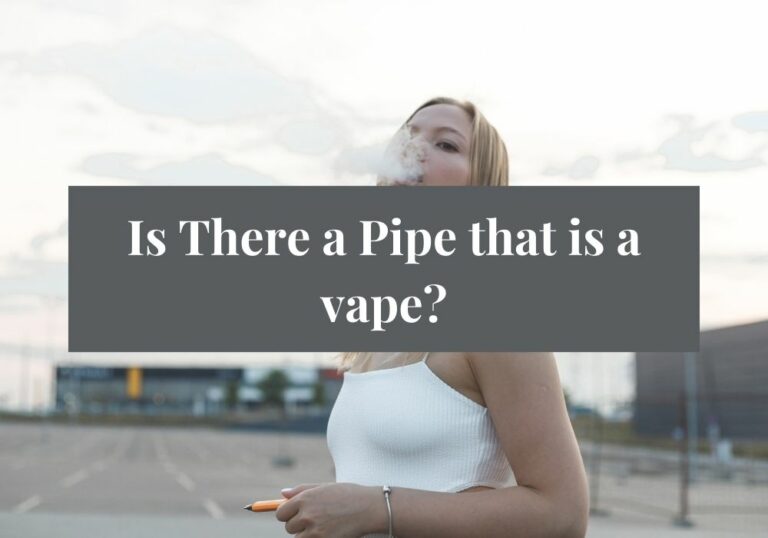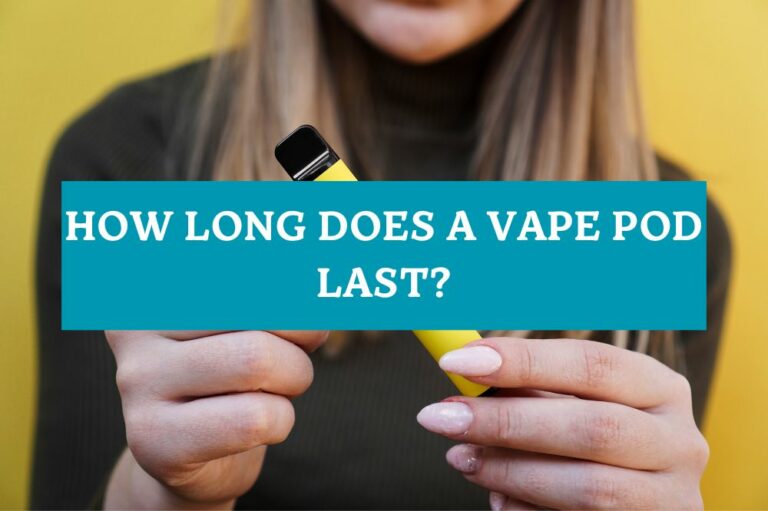Who Runs the Anti Vaping Ads?

Are you curious about who is behind the anti-vaping campaigns that have been flooding our TV screens and social media feeds? You’re not alone. With the rise of vaping among teenagers and young adults, public health campaigns have ramped up their efforts to discourage vaping and promote awareness of its potential health risks. But who is funding these campaigns, and what are their motivations?
One of the most well-known anti-vaping campaigns is “The Real Cost” campaign, which is run by the US Food and Drug Administration (FDA). According to their website, the campaign aims to “prevent youth from starting and continuing to use tobacco products.” The campaign includes a variety of ads, such as TV commercials, billboards, and social media posts, that highlight the potential health risks of vaping and encourage young people to avoid it.
Another anti-vaping campaign that has attracted attention is the Truth Initiative’s “Quit Lying” campaign. This campaign targets Juul, one of the most popular e-cigarette brands among young people, and accuses the company of intentionally marketing their products to youth. The campaign includes TV commercials, billboards, and social media posts that urge young people to “quit lying” about the dangers of vaping and to avoid Juul products.
Who is Behind the Anti-Vaping Ads
If you’ve seen anti-vaping ads on TV, online, or in print, you may be wondering who is behind them. In general, these ads are funded and created by government agencies and health organizations. Let’s take a closer look at each of these groups.
Government Agencies
One of the main groups responsible for anti-vaping ads is the United States government. Specifically, the Food and Drug Administration (FDA) and the Centers for Disease Control and Prevention (CDC) have both launched campaigns to discourage vaping. The FDA’s campaign is called “The Real Cost,” and it focuses on the health risks associated with vaping. The CDC’s campaign, called “Tips From Former Smokers,” includes stories from people who have suffered serious health problems as a result of vaping.
In addition to these federal agencies, some state and local governments have also launched anti-vaping campaigns. For example, the California Department of Public Health has a campaign called “Still Blowing Smoke,” which includes TV ads, billboards, and social media content.
Health Organizations
Another group that creates anti-vaping ads is health organizations. These groups are concerned about the health risks associated with vaping, especially for young people. Some of the organizations that have launched anti-vaping campaigns include:
- American Lung Association
- American Cancer Society
- Campaign for Tobacco-Free Kids
- Truth Initiative
These organizations use a variety of tactics to discourage vaping, including TV ads, social media campaigns, and educational materials for schools.
Overall, the goal of anti-vaping ads is to educate people about the health risks associated with vaping and to discourage them from starting or continuing to vape. By working together, government agencies and health organizations hope to reduce the number of people who use e-cigarettes and other vaping products.
Purpose of Anti-Vaping Ads
Anti-vaping ads are designed to discourage people, especially teenagers, from using electronic cigarettes or vaping devices. These ads are created by various organizations, including government agencies, non-profit organizations, and private companies. The main goal of these ads is to raise awareness about the potential health risks associated with vaping and to encourage people to quit or not start vaping in the first place.
One of the primary reasons behind the anti-vaping campaign is the increasing popularity of vaping among teenagers. According to a study by the University of Michigan, nearly one in five high school students reported using e-cigarettes in the past month. This has raised concerns among parents, educators, and health officials about the potential health risks associated with vaping, especially among young people.
Another reason for the anti-vaping campaign is the lack of regulation in the vaping industry. Unlike traditional tobacco products, e-cigarettes are not subject to the same regulations, including age restrictions, warning labels, and marketing restrictions. This has made it easier for e-cigarette companies to market their products to young people and to make them more appealing to this demographic.
Anti-vaping ads often use a variety of tactics to convey their message, including emotional appeals, scare tactics, and factual information. Some ads focus on the potential health risks associated with vaping, such as lung damage, heart disease, and cancer. Others highlight the addictive nature of nicotine and the potential for e-cigarettes to serve as a gateway to traditional tobacco products.
Overall, the purpose of anti-vaping ads is to raise awareness about the potential health risks associated with vaping and to encourage people, especially young people, to quit or not start vaping in the first place. By providing factual information and emotional appeals, these ads aim to change people’s attitudes and behaviors towards vaping and to promote a healthier lifestyle.
Target Audience of Anti-Vaping Ads
The target audience of anti-vaping ads is primarily teenagers and young adults. These ads are designed to discourage young people from starting to vape or to encourage those who already vape to quit.
According to a study conducted by the FDA, the most effective anti-vaping ads are those that focus on the negative health consequences of vaping. The study found that ads that emphasized the harmful effects of vaping on the lungs and heart were particularly effective in getting teenagers to reconsider their vaping habits.
Anti-vaping ads are also targeted at parents, teachers, and other adults who may be in a position to influence young people’s behavior. These ads often emphasize the importance of talking to teenagers about the dangers of vaping and encouraging them to make healthy choices.
In addition to traditional advertising methods such as television commercials and billboards, anti-vaping campaigns also make use of social media and other digital platforms to reach their target audience. For example, the Real Cost E-Cigarette Prevention Campaign uses social media platforms such as Instagram and Snapchat to spread their message.
Overall, the target audience of anti-vaping ads is young people who may be at risk of starting to vape or who are already vaping. These ads are designed to educate and inform young people about the dangers of vaping and to encourage them to make healthy choices.
Effectiveness of Anti-Vaping Ads
Anti-vaping ads have become increasingly common in recent years, and they are typically funded by a variety of organizations, including government agencies, non-profits, and anti-smoking advocacy groups. The goal of these ads is to educate people, especially teens, about the dangers of vaping and the potential health risks associated with it.
One study conducted by researchers at UNC Lineberger Comprehensive Cancer Center found that the most effective anti-vaping ads for teens were those that emphasized the adverse consequences and harms of vaping e-cigarettes, used negative imagery, and avoided memes, hashtags, and other “teen-centric” communication styles. This study also found that ads that used humor or sarcasm were less effective in deterring teens from vaping.
Another study showed that anti-vaping advertising campaigns can be effective in educating youth about e-cigarettes and decreasing tobacco use. The study found that young people who saw anti-vaping ads were more likely to have accurate e-cigarette knowledge, which can lead to a decrease in tobacco use and consequently, lung cancer.
In addition to traditional anti-vaping ads, digital ads have also been found to be effective in preventing vaping among adolescents. A randomized, controlled study with over 1,500 US teen participants from across the nation tested the effectiveness of digital vaping prevention ads. Researchers found that these ads were effective in changing attitudes and behaviors related to vaping.
Overall, anti-vaping ads can be an effective tool in preventing young people from taking up vaping and ultimately reducing the number of people who suffer from the health consequences of e-cigarette use.
Criticism and Controversy
While anti-vaping ads have been effective in reducing the number of young people who start vaping, they have also been subject to criticism and controversy.
One of the main criticisms of anti-vaping ads is that they are often funded by organizations that have a vested interest in maintaining the status quo. For example, some anti-vaping ads have been funded by the tobacco industry, which stands to lose market share if more people switch to vaping. This has led some people to question the motives behind these ads and whether they are truly designed to protect public health.
Another criticism of anti-vaping ads is that they can be overly alarmist and misleading. Some ads have suggested that vaping is just as harmful as smoking, which is not supported by the evidence. While vaping is not risk-free, it is generally considered to be less harmful than smoking. By exaggerating the risks of vaping, some anti-vaping ads may be causing unnecessary alarm and discouraging smokers from switching to a less harmful alternative.
Finally, some people have criticized anti-vaping ads for stigmatizing vapers. By portraying vaping as a dangerous and unhealthy habit, these ads may be contributing to a negative stigma around vaping that makes it harder for people to quit smoking. This is particularly concerning given that many people turn to vaping as a way to quit smoking, and stigmatizing vaping could discourage people from trying to quit altogether.
Overall, while anti-vaping ads have played an important role in reducing the number of young people who start vaping, they have also been subject to criticism and controversy. As with any public health campaign, it is important to strike a balance between raising awareness of the risks of vaping and providing accurate information to the public.
Funding for Anti-Vaping Ads
If you’ve ever wondered who runs the anti-vaping ads you see on TV or online, you’re not alone. Anti-vaping campaigns are often funded by a variety of organizations, including non-profits, government agencies, and private donors.
One of the largest funders of anti-vaping campaigns is Michael Bloomberg, the billionaire philanthropist and former mayor of New York City. In 2019, he announced a $160 million, three-year campaign to end what he described as an epidemic of e-cigarette use among kids. The campaign is run by the Campaign for Tobacco-Free Kids, a non-profit organization that advocates for policies to reduce tobacco use.
Other organizations that fund anti-vaping campaigns include the American Cancer Society, the American Lung Association, and the Truth Initiative, a non-profit organization that aims to prevent youth tobacco use.
In addition to non-profit organizations, government agencies also fund anti-vaping campaigns. For example, the Food and Drug Administration (FDA) runs the Real Cost campaign, which aims to educate teens about the dangers of e-cigarette use.
Private donors also contribute to anti-vaping campaigns. For example, the parents of a teenager who died from vaping-related lung illness have funded a campaign called “The Fight Against Vaping,” which aims to raise awareness about the dangers of vaping.
Overall, there are many organizations and individuals who fund anti-vaping campaigns, each with their own motivations and goals. By raising awareness about the dangers of vaping, these campaigns aim to prevent youth from starting to use e-cigarettes and to help current users quit.
Future of Anti-Vaping Ads
As the use of e-cigarettes continues to rise among young people, anti-vaping campaigns are likely to become even more prevalent. The effectiveness of these campaigns has been demonstrated in various studies, including one that found that young people who see anti-vaping advertisements and prevention campaigns are more likely to have accurate e-cigarette knowledge, which can lead to a decrease in tobacco use and consequently, lung cancer rates.
In the future, anti-vaping ads may continue to focus on the harmful effects of e-cigarettes, as well as the tactics used by the vaping industry to market their products to young people. The FDA’s Next Legends campaign, for example, aims to help Native teens recognize for themselves that vaping is not a safe alternative to smoking.
Another potential focus of anti-vaping campaigns is the impact of vaping on mental health. A recent study found that young people who use e-cigarettes are more likely to experience symptoms of depression, anxiety, and other mental health disorders. Anti-vaping ads may therefore seek to raise awareness of this link and encourage young people to seek help if they are struggling with mental health issues.
As the vaping industry continues to evolve, so too will anti-vaping campaigns. It is likely that these campaigns will become more targeted and sophisticated, incorporating new technologies and strategies to reach young people where they are. At the same time, it is important to continue evaluating the effectiveness of these campaigns and making adjustments as needed to ensure that they are having the desired impact on reducing youth tobacco use.








